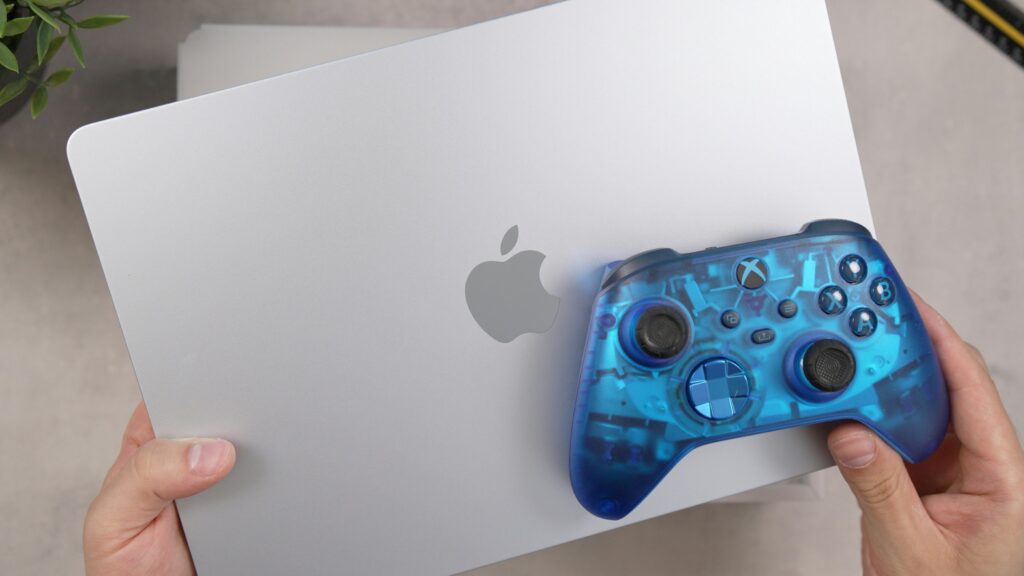Cross-Platform Play Is Becoming Standard
Gaming is finally breaking out of its silos. Cross-platform play—being able to log in and compete or cooperate across PC, console, and mobile—is no longer a fringe perk. It’s becoming the baseline. Whether you’re a casual player knocking out rounds in between classes or a hardcore grinder pulling all-nighters, you don’t want to be locked into one box. And now, you don’t have to be.
For creators and devs, the shift expands the player base without fragmenting it. You’re not building three versions of a game with three different social graphs. You’re feeding one global community. Games that embrace true cross-platform play deliver more freedom, bigger friend groups, and more consistent updates. Plus, players are becoming less loyal to brands like Xbox or PlayStation and more loyal to the game itself.
At the end of the day, people just want to play with their friends. Platforms are finally catching up.
For years, cross-platform gaming felt like a pipe dream. Now, it’s becoming standard. Major developers like Epic Games, Microsoft, and Activision are pushing hard to knock down the final barriers. They’re not just allowing cross-play. They’re making it expected. The real drivers? Unified servers, streamlined infrastructure, and heavier integration across ecosystems.
Cloud gaming is adding fuel to the fire. When your save file lives in the cloud and the game world syncs seamlessly across platforms, it just makes sense to bring cross-progression to the table. You play on a console in the living room, swipe through the same game on your phone during lunch, and finish the chapter on a PC that night. No more starting over. No more split inventories.
This shift matters for vloggers too. Coverage no longer needs to be segmented by platform. Multiplayer lobbies are bigger and more diverse. Content is more fluid. And audiences? They expect that same flexibility. In 2024, if your favorite game doesn’t support cross-progression, it’s falling behind.
Cross-play is no longer a gimmick—it’s becoming table stakes. Games like Fortnite, Call of Duty, and Rocket League have set the benchmark for seamless cross-platform experiences. They’ve figured out the tricky parts: syncing accounts across systems, balancing gameplay, and keeping matchmaking fair. These successes have changed player expectations. Now, when a game doesn’t support cross-play, it feels outdated.
But behind the scenes, getting cross-play right isn’t simple. There are still hefty tech and policy hurdles. Matchmaking systems have to account for different input methods. Quality control needs to prevent bad actors from one platform ruining the experience on another. Then come the fees, and they’re not light—platform holders often charge developers for network access and cross-platform integrations.
Strategy also varies wildly between the big three. Xbox has leaned hard into cross-play as part of its Game Pass and “play anywhere” ecosystem. Nintendo’s open but cautious, often relying on third-party studios to make it happen. Sony took longer to open up, citing quality concerns, but is now playing catch-up with more cross-platform titles in its portfolio.
For creators and streamers, cross-play unlocks bigger potential audiences and more collaborative content. But developers still need to do the hard work to smooth out the seams—and the platform holders need to stop pulling in opposite directions.
In-Game Economies That Actually Travel with You
The days of locked-down gaming assets are numbered. In 2024, more studios are going all-in on unified in-game economies that follow players from PC to console to mobile without missing a beat. It’s not just about syncing progress anymore. We’re talking about battle passes, cosmetics, upgrades, and currencies that work across platforms and even across titles in a franchise.
Marketplace unification is at the center of this shift. If you buy a skin on your PlayStation, you can rock it on your phone. Unlock a power-up on desktop, it shows up on your Switch. This kind of seamless experience used to be a wishlist item. Now it’s becoming table stakes.
For developers, the case is clear. A shared economy makes spending easier for players and cuts down the friction between titles and devices. It boosts revenue without demanding more from users. Also, players stick around longer when their purchases carry real value and portability. After years of resistance, major publishers have finally realized the upside outweighs the hassle.
What used to be siloed and short-lived is now flexible and sticky. And that changes how games are built, sold, and played.
Gaming Goes Seamless Across Platforms
As 2024 unfolds, the gaming vlogging world is about to get more interconnected than ever. From how games are released to how players communicate, the trend is clear: seamless, unified experiences across devices and realities.
Unified Game Releases: One Launch, Every Screen
Gone are the days of staggered releases between console, PC, and mobile. More studios are opting for synchronized, cross-platform game launches. This trend isn’t just about convenience—it’s reshaping how games go viral and how vloggers cover industry events like launch days.
- Major franchises now launch simultaneously on console, PC, and mobile
- Vloggers can plan real-time reactions and walkthroughs without waiting for platform-specific drops
- Influencer-exclusive previews and early access codes are becoming true cross-platform assets
VR and AR Enter the Multiplayer Era
Virtual and augmented reality gaming is pushing from solo experiences into social, multiplayer territory. This shift is setting the stage for a new kind of vlogging content—think group playthroughs, shared POVs, and enhanced reaction-driven coverage.
- Multiplayer support is coming to top VR titles
- AR gameplay is blending physical and virtual environments in real time
- Creators can co-stream VR sessions or include viewer-driven interactions
Cross-Platform Communication Evolves
Voice, chat, and party systems are finally catching up to the rest of gaming’s cross-platform progress. In 2024, it’s becoming easier to communicate with friends, subscribers, and collaborators regardless of what they’re playing on.
- Enhanced voice integration across devices
- Universal party systems for squad-based games
- New tools helping vloggers interview gamers, co-host streams, or coordinate multi-platform events
For gaming vloggers, this is a golden opportunity to create more dynamic, inclusive content—and to reach broader audiences with fewer limitations.
How industry shakeups are accelerating cross-platform tech
The barrier between gaming ecosystems is thinning fast. With players demanding flexibility and publishers eyeing broader markets, cross-platform compatibility is no longer a nice-to-have — it’s the new baseline. Behind the scenes, major shifts in ownership are driving this momentum. Big names aren’t just buying successful studios; they’re targeting teams already building with cross-play in mind.
Recent acquisitions tell the story. Publishers with legacy console-focused operations are expanding into mobile and PC by buying studios designed for flexibility from the ground up. These developers are already fluent in multiplayer environments that can work across PlayStation, Xbox, mobile, and PC without choking on tech debt. That’s a cost-saver and a time-winner in a space where speed equals survival.
Cross-platform tech isn’t just a feature — it’s becoming a core business model. Players want to hop between devices, and studios that make that jump seamless are getting scooped up fast.
Read more on this in our related deep-dive: Top Gaming Industry Mergers and Acquisitions of the Year
The Wall Between Platforms Is Crumbling—for Good Reason
Cross-play used to be a dream. Now it’s the standard. The days of being locked into one console or fighting over which platform your friends use are ending. Studios and platforms are opening the gates for a simple reason: players want it. And when the demand is loud enough, even the walled gardens start tearing down fences.
Studios stuck in the old model—platform rifts, isolated multiplayer pools, permission walls—are losing relevance. Gamers are choosing titles that let them connect fast, no matter what screen they’re on. The message is clear. Fluid play wins. Compatibility matters more than exclusivity.
For gamers, it’s a great time. Squad up on mobile, play on console, sync with PC. Cross-platform means fewer barriers, more competition, tighter communities. The glue that kept everyone in separate corners? It’s dissolving. And honestly, it’s about time.





